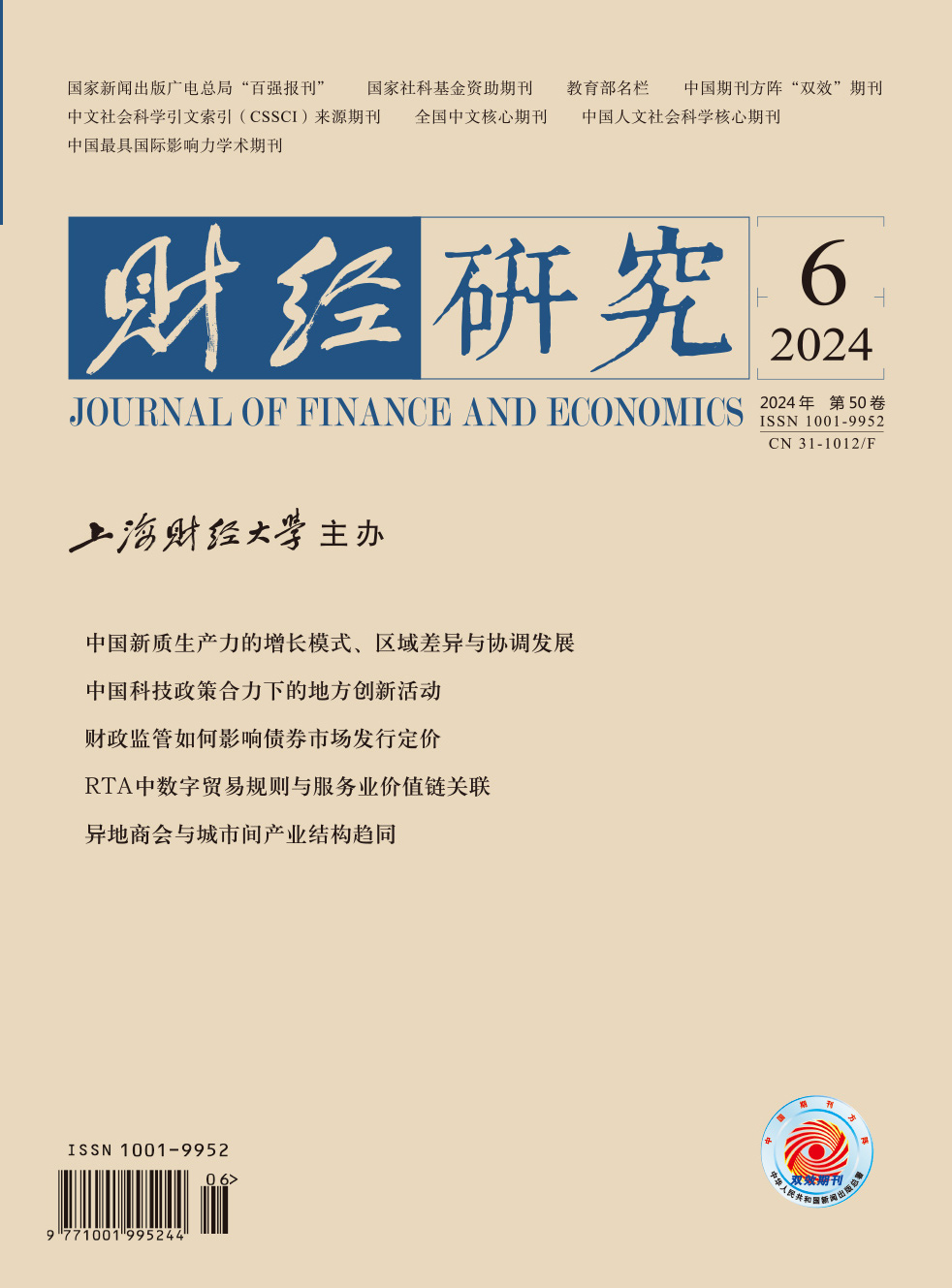The development of the digital economy has accelerated the reshaping of the socio-economic spatial pattern, which has a great impact on the labor market. On the one hand, the digital economy has an upgrading effect on the current skill structure of workers; on the other hand, it also has a dual effect of employment substitution and creation, which is manifested in a profound transformation of the labor market. Therefore, it is of practical significance to incorporate digital economy factors into the framework of labor spatial mismatch. Based on the Rosen-Roback model, this paper proposes a measure of labor spatial mismatch at the city level, analyzes the pattern of spatial labor mismatch among Chinese cities, and finds that the degree of labor spatial mismatch in China has been declining. In the context of digitization, the impact of the digital economy development on labor spatial mismatch is examined both theoretically and empirically. The baseline regression shows that the digital economy development will improve labor spatial mismatch. For cities with larger population size, a higher level of economic development, and over-allocated labor resources, cities located in northern and inland areas, and cities after 2015, the impact of the digital economy development on labor spatial mismatch is better. The digital economy development will affect labor spatial mismatch by influencing urban living prices. In cities with an under-allocation of labor resources, the digital economy development improves labor spatial mismatch through the channel of lowering urban living prices; in cities with an over-allocation of labor resources, the digital economy development improves labor spatial mismatch through the channel of increasing urban living prices.
The policy recommendations are as follows: First, optimizing labor spatial allocation is the key to coping with the demographic transition. Demographic transition brings the problem of incremental labor shortage, which makes it more and more important to improve labor spatial mismatch and guide the orderly and smooth flow of labor. Second, release the optimizing effect of the digital economy development on labor spatial allocation. It is likely that the digital economy development will become an important opportunity for these cities to attract labor migration and a favorable means to enhance the attractiveness and accommodation of the cities. Third, play the optimization role of increasing urban living prices in labor spatial allocation. While undergoing urban digital transformation, urban living prices will inevitably increase, so different cities must balance urban living prices according to local conditions.





 4262
4262  9011
9011

